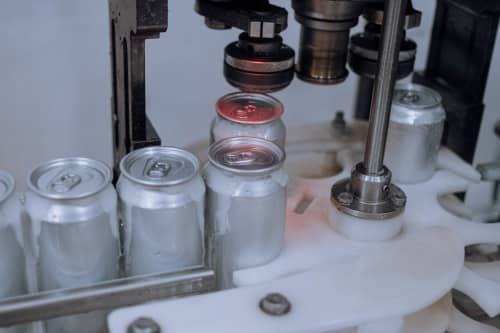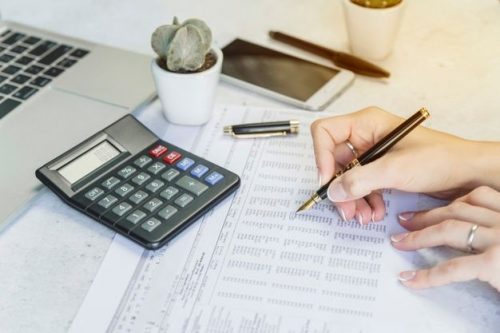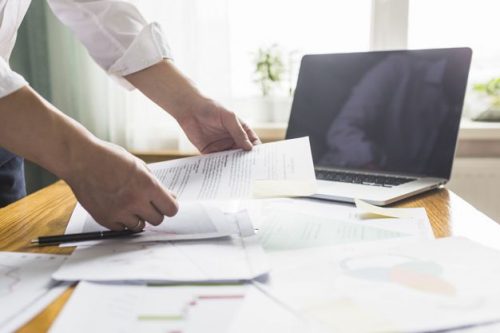
Capital Allowance Claims
Conditions for Claiming Capital Allowance
- Ownership - The claimant must own the asset.
- Expenditure - Capital expenditure must be incurred on the asset.
- Usage - The asset must be in use at the end of the basis period.
- Purpose - The asset must be used for the trade or business subject to taxation.
- Claim - A claim for capital allowance must be made by the taxpayer.
- Certification - A Certificate of Acceptance from the Inspectorate Division of the Federal Ministry of Industries is required.

Identifying Qualifying Expenditure
Capital expenditure must align with industry and asset function for qualification.
- Assets integral to building structure generally ineligible.
- Decorative items like lighting, paintings, sculptures qualify in ambiance-driven industries.
- Not eligible in industries where ambiance isn’t significant.
Scenario :
- Decorative lighting and artwork in hotels
- Decorative lighting and artwork in supermarkets
Careful assessment of business nature and acquired assets is crucial for accurate capital allowance claims.
Capital Allowance for New Assets Not Yet in Use
Capital allowance is not claimable on new assets even if payment is made and invoices are issued during a financial year unless the new assets are used in their business.
Example:
- Projects which involves significant time between asset acquisition and operational use, such as building a new production line in manufacturing.
- Costs associated with the acquisition of new assets may be recognized in financial statements in the year of payment (e.g., 2022), but for tax purposes, qualifying expenditure is deemed to occur in the year when assets are put into operational use (e.g., 2023).
Claiming Capital Allowance before assets are put into use would result in over-claiming capital allowance in the year of acquisition, which is not allowed under tax regulations.


Tax Treatment of Asset Transfers Between Related Companies in Malaysia
- Asset transfers between related companies (Company A and Company B) in Malaysia are based on tax residual expenditure or tax written down value, whichever is lower.
- No balancing adjustment (balancing allowance or balancing charge) is imposed on the disposer.
- The acquirer (Company B) can claim remaining capital allowance based on the disposer’s tax written down value.
- The total capital allowances claimed by both Company A and Company B cannot exceed the original qualifying expenditure incurred by the disposer.
Tax Implications of Assets Used by Related Companies
- There are cases where a company pays for a new asset on behalf of its related company without seeking reimbursement.
- According to tax regulations, a person who incurs qualifying expenditure on an asset is not entitled to claim capital allowance if the asset is used for the business of another person.
- This situation can lead to errors in tax computations if the asset is not properly identified and excluded from the capital allowance claim by the paying company.
- Conversely, the operating company, even though using the asset, is not entitled to claim capital allowance since it did not bear the cost of the asset.
- This scenario results in a situation of double jeopardy where neither company is eligible for capital allowance despite incurring costs on the new asset.


Failure to Maximize Capital Allowance Claims for Capital Expenditure
Some companies encounter difficulties in optimizing their capital allowance claims due to various reasons:
- Lack of Information: Some companies may fail to maximize their capital allowance claims due to lack of information in supporting invoices.
- Overlooked Expenditure: Certain types of expenditure often go unnoticed for capital allowance claims. These include demountable office partitions, installation work, and various apparatus within buildings.
- Uncertain Eligibility: There can be confusion regarding the eligibility of certain expenditures for capital allowance claims.
To ensure maximum benefit, it’s essential to understand the eligibility criteria for different types of expenditure:
- Demountable Office Partitions: These can be claimed for capital allowance if they are movable and easily relocatable, as they are not considered integral and fixed parts of the building.
- Installation Work: Expenditure on installation work, encompassing electrical and water systems necessary for the functioning of plant and machinery, is eligible for capital allowance.
- Other Eligible Items: Various other items qualify for capital allowance, including apparatus not forming an integral and fixed part of the building. Examples include fire alarms, sprinkler systems, security systems, carpets, signage, and built-in cabinets.
Importance of Documentation for Capital Allowance Claims
- Proper documentation is crucial for supporting capital allowance claims and serves as a defence during tax audits or investigations.
- Required documents include:
- Suppliers’ invoices
- Proof of payment
- Brochures
- Catalogues
- Warranty cards
- Accounting ledgers
- Asset registers
- Pictures of the asset
- Evidence of the asset’s location
- These records should be retained to facilitate tax review by the Inland Revenue Board.
- Failure to produce sufficient records required by the Inland Revenue Board can lead to denial of capital allowance benefits previously claimed by the company, resulting in additional tax and penalties.
- Establishing a good housekeeping system for record-keeping is essential to safeguard against potential adverse outcomes during tax reviews.

SQL Accounting Software Favoured Features
SQL Account is an accounting software that is suitable for all businesses, from small businesses to large organizations. It is crucial to find a business solution that suits the nature of your business. The right accounting software will broaden the horizons and expand business opportunities for you. Choose the best accounting software in Malaysia for your company. SQL Account is user friendly & can be integrated with no fuss.
Free Download Accounting Software trial to experience our accounting software.

Access Anytime, Anywhere

Batch Emails Statements

Special Industries Version

Real-Time CTOS Company Overview Reports

Advance Security Locks



